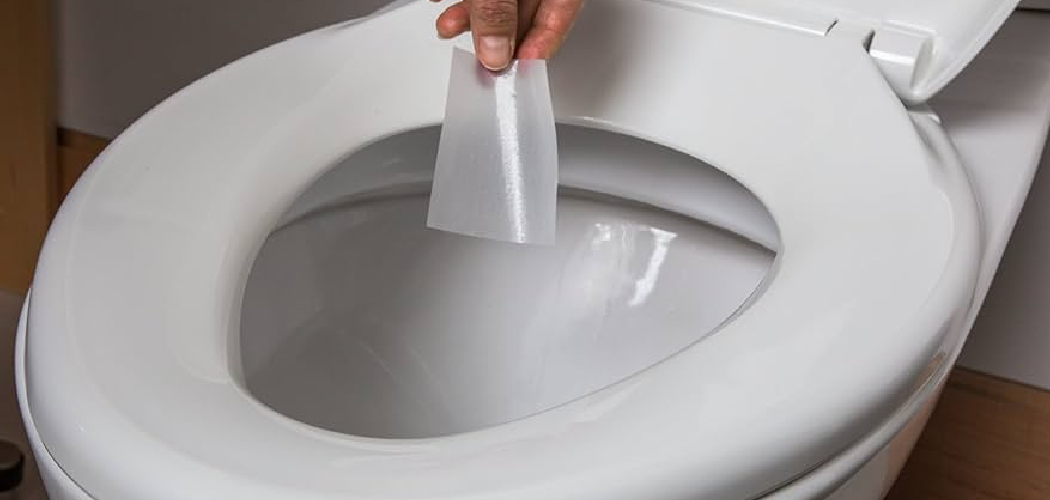A strong sulfur smell in your toilet can be unpleasant and concerning, as it often indicates a problem with your plumbing or water source. This odor is typically caused by the presence of hydrogen sulfide gas, which is produced by bacteria
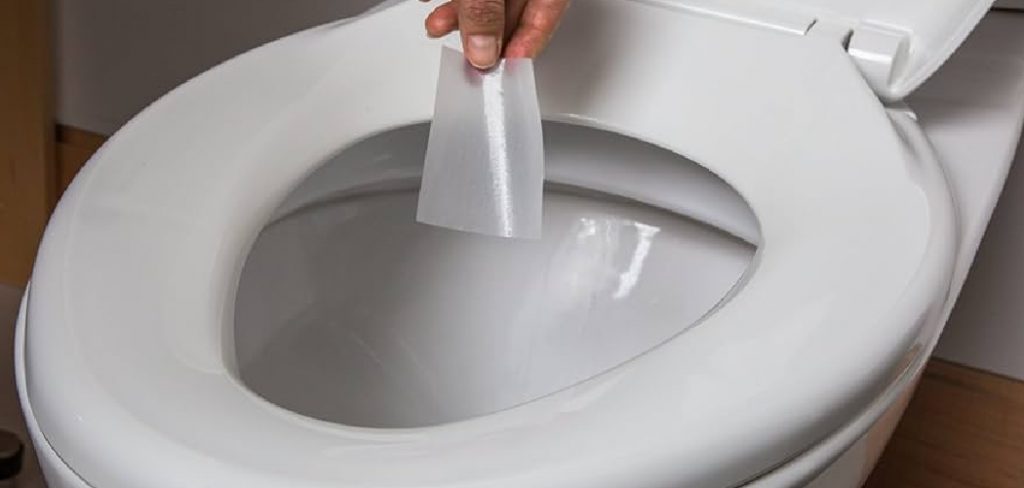
breaking down organic material. Understanding the root cause of the smell is the first step toward eliminating it and ensuring your bathroom stays fresh and odor-free. This guide will walk you through the common causes of how to get rid of sulphur smell in toilet and the effective solutions to address them.
Common Causes of Sulphur Smell in Toilets
- Dry P-Trap
The P-trap is a U-shaped pipe beneath your toilet that holds water to create a seal, preventing sewer gases from entering your bathroom. If the P-trap dries out due to infrequent use or evaporation, it can no longer block these gases, allowing the sulfur smell to escape.
- Bacteria in the Toilet Tank
Over time, bacteria can accumulate in the toilet tank, particularly when there is sediment in the water or if the water remains stagnant. These bacteria can produce hydrogen sulfide gas as they decompose organic matter, leading to the characteristic sulfur smell.
- Contaminated Water Supply
A water supply containing high levels of hydrogen sulfide can bring the odor directly into your plumbing system. This is often caused by naturally occurring bacteria in groundwater, requiring water treatment solutions to address the issue effectively.
- Clogged or Faulty Vent Pipes
Vent pipes play a critical role in releasing sewer gases safely into the atmosphere. If these pipes become clogged or damaged, sewer gases, including hydrogen sulfide, can backflow into your bathroom, creating the unpleasant smell.
- Organic Material in the Drain
Organic debris, such as hair, soap scum, or other waste, can accumulate in the drains over time. When bacteria break these substances down, hydrogen sulfide gas is released, resulting in the sulfur smell.
By identifying which of these common causes is leading to the sulfur smell, you can take targeted steps to fix the issue and restore a pleasant environment in your bathroom.
10 Methods How to Get Rid of Sulphur Smell in Toilet
1. Identify the Source of the Smell
Before attempting to remove the sulfur smell, it is essential to determine its source. The odor may be coming from the water supply, the toilet bowl, the drain pipes, or even the sewer system. A simple way to test this is by smelling both hot
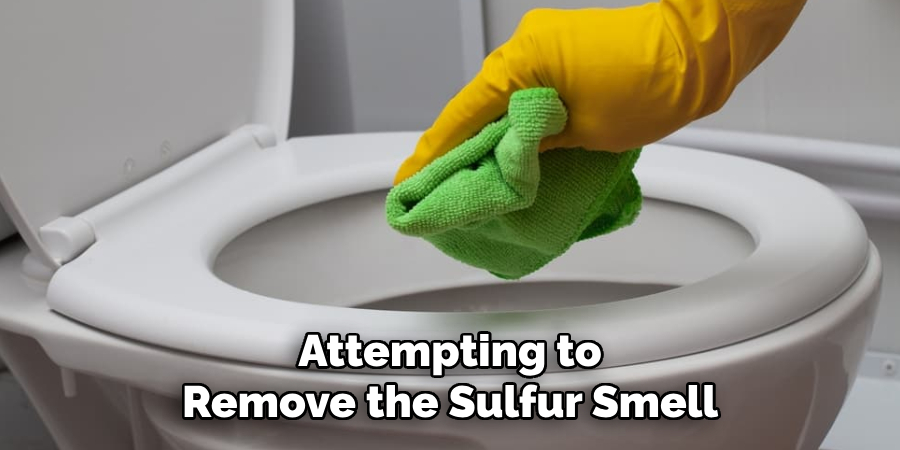
and cold water from different faucets in your home. If the smell is present in both, the issue is likely with your water supply. If it is only in the toilet, it could be due to bacterial buildup in the tank, drain blockages, or trapped sewer gases. Identifying the source will help you choose the most effective method to eliminate the smell.
2. Clean the Toilet Tank Thoroughly
Bacteria can accumulate inside the toilet tank, leading to the formation of hydrogen sulfide gas. To remove any bacterial growth, drain the toilet tank and scrub it with a mixture of white vinegar and baking soda. Let the solution sit for about 15 minutes before scrubbing with a toilet brush. Rinse the tank by flushing the toilet multiple times. Regular cleaning of the toilet tank can prevent future bacterial growth and eliminate foul odors.
3. Flush the Toilet Drain with Baking Soda and Vinegar
Sulfur smells can also originate from clogged or dirty toilet drains. To clean the drain, pour one cup of baking soda followed by two cups of white vinegar into the toilet bowl. Let the mixture fizz and break down any organic matter in the pipes. After 15–20 minutes, flush the toilet with hot water to clear away loosened debris. This method can help eliminate bacterial growth in the drain that may be producing hydrogen sulfide gas.
4. Use Hydrogen Peroxide to Disinfect the Toilet
Hydrogen peroxide is a powerful disinfectant that can kill bacteria responsible for sulfur smells. Pour one cup of 3%
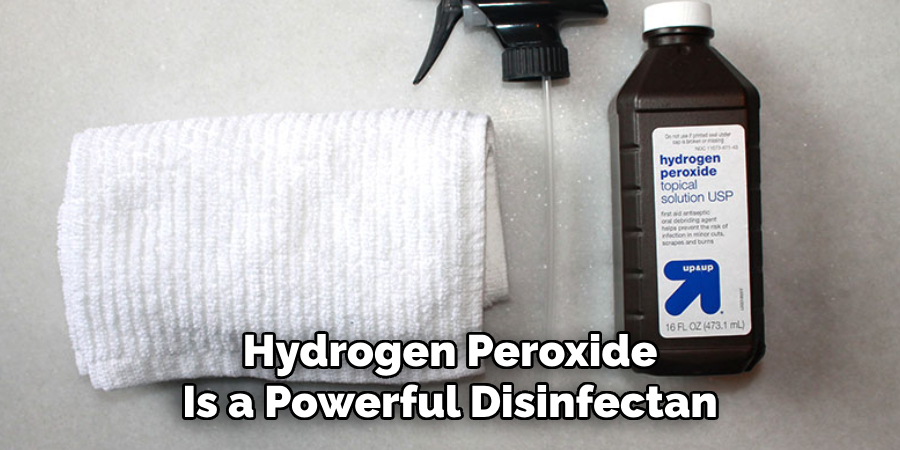
hydrogen peroxide into the toilet tank and let it sit for at least 30 minutes. Flush the toilet several times to distribute the solution through the plumbing system. This method helps disinfect the tank and bowl while reducing bacterial buildup.
5. Check for a Dry P-Trap in the Toilet or Nearby Drains
The P-trap is a U-shaped pipe designed to hold water and block sewer gases from entering your home. If the P-trap dries out, sulfur-smelling gases can escape through the drain. If you have a toilet or a bathroom drain that hasn’t been used in a while, flush water down it to refill the P-trap. This simple step can quickly stop sewer odors from infiltrating your bathroom.
6. Inspect the Toilet Wax Ring for Leaks
A damaged or improperly sealed wax ring at the base of the toilet can allow sewer gases to escape into your bathroom. If you notice a persistent sulfur smell even after cleaning, check for signs of leaks around the toilet base, such as water stains or a loose toilet. If the wax ring is compromised, replacing it will help seal the connection between the toilet and the drainpipe, preventing odors from escaping.
7. Shock Chlorinate Your Water Supply (For Well Water Users)
If the sulfur smell is present in your toilet and other water fixtures, the issue may be with your water supply, especially if you use well water. Bacteria in well water can produce hydrogen sulfide gas, leading to a rotten egg smell. Shock chlorination

involves adding a strong chlorine solution to the well water system to kill bacteria. After chlorinating, flush all faucets and toilets thoroughly to remove residual chlorine and eliminate the sulfur smell.
8. Install an Activated Carbon or Iron Filter
For persistent sulfur odors in your water supply, installing a water filtration system can help. Activated carbon filters can remove hydrogen sulfide gas, improving water quality and eliminating the smell. If the sulfur smell is caused by high levels of iron bacteria, an iron filter or a whole-house filtration system designed for sulfur removal may be necessary. Consult a professional to determine the best filtration system for your needs.
9. Replace or Flush the Water Heater (For Hot Water Sulfur Smells)
If the sulfur smell is stronger when using hot water, your water heater may be the source of the problem. Sediment buildup and bacterial growth inside the water heater can cause hydrogen sulfide gas to form. Flushing the water heater by draining it completely and refilling it can help remove bacteria and odors. If the issue persists, replacing the anode rod in the water heater with a zinc or aluminum-zinc rod can prevent future sulfur smells.
10. Use an Enzymatic Drain Cleaner for Persistent Odors
If sulfur smells persist despite cleaning and other treatments, using an enzymatic drain cleaner may help. These cleaners contain natural bacteria and enzymes that break down organic matter in drainpipes, reducing odors and preventing buildup. Pour the cleaner into the toilet and let it sit overnight before flushing with warm water. Regular use of enzymatic cleaners can keep your toilet and plumbing system odor-free.
Regular Maintenance and Upkeep
To keep your bathroom free of sulfur smells and maintain a clean and odor-free toilet, it is important to establish a routine maintenance schedule. Regularly clean the toilet bowl, tank, and surrounding areas using appropriate cleaning solutions to prevent bacterial buildup. Inspect the toilet, drains, and plumbing fixtures for any signs of leaks or blockages, and address them promptly to avoid more significant issues. Flushing unused drains periodically ensures that the P-trap remains full and effectively blocks sewer gases. If you rely on well water, consider routine testing and servicing of your water supply system to monitor for bacteria and ensure water quality. Additionally, replace filtersAn error occurred during generation. Please try again or contact support if it continues.
When to Contact a Professional
While many sulfur smell issues can be resolved with DIY methods, there are situations where professional assistance is necessary. If the smell persists despite thorough cleaning, flushing, or applying various treatments, it may indicate a more significant underlying problem, such as damaged plumbing or a malfunctioning septic system. Additionally, if you notice recurring leaks around the toilet base, water damage, or extensive corrosion in your plumbing system, contacting a licensed plumber is essential to address the issue effectively.
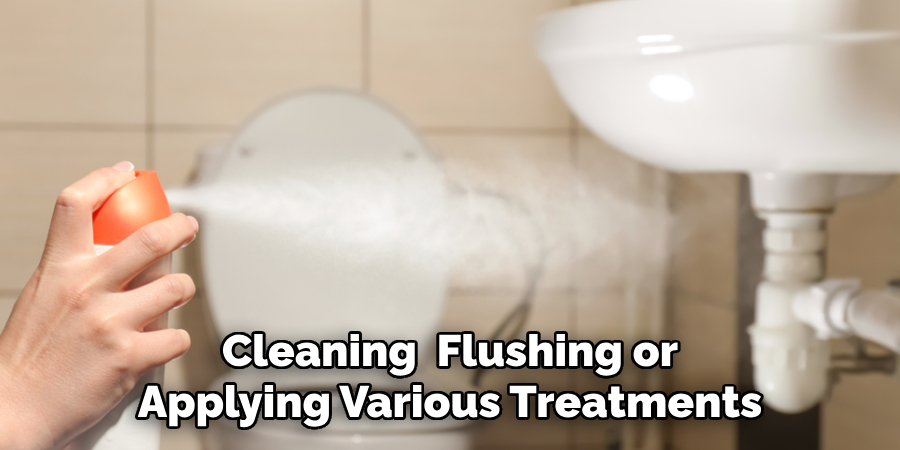
Homeowners with well water should also seek professional help if shock chlorination and filtration systems fail to eliminate sulfur odors, as this may signal a more complex issue with the water supply or contamination. A professional can test your water for bacteria, hydrogen sulfide levels, and other contaminants to determine the best long-term solution. Investing in expert advice can ensure your home’s plumbing and water systems remain safe, functional, and odor-free.
Conclusion
Sulfur smells in the toilet can result from various factors, including bacterial growth, sewer gas leaks, and contaminated water sources. By identifying the root cause and applying the appropriate method, you can effectively eliminate the odor and maintain a fresh-smelling bathroom. Regular maintenance, cleaning, and proper plumbing inspections can prevent future sulfur smells from returning. Thanks for reading, and we hope this has given you some inspiration on how to get rid of sulphur smell in toilet!

